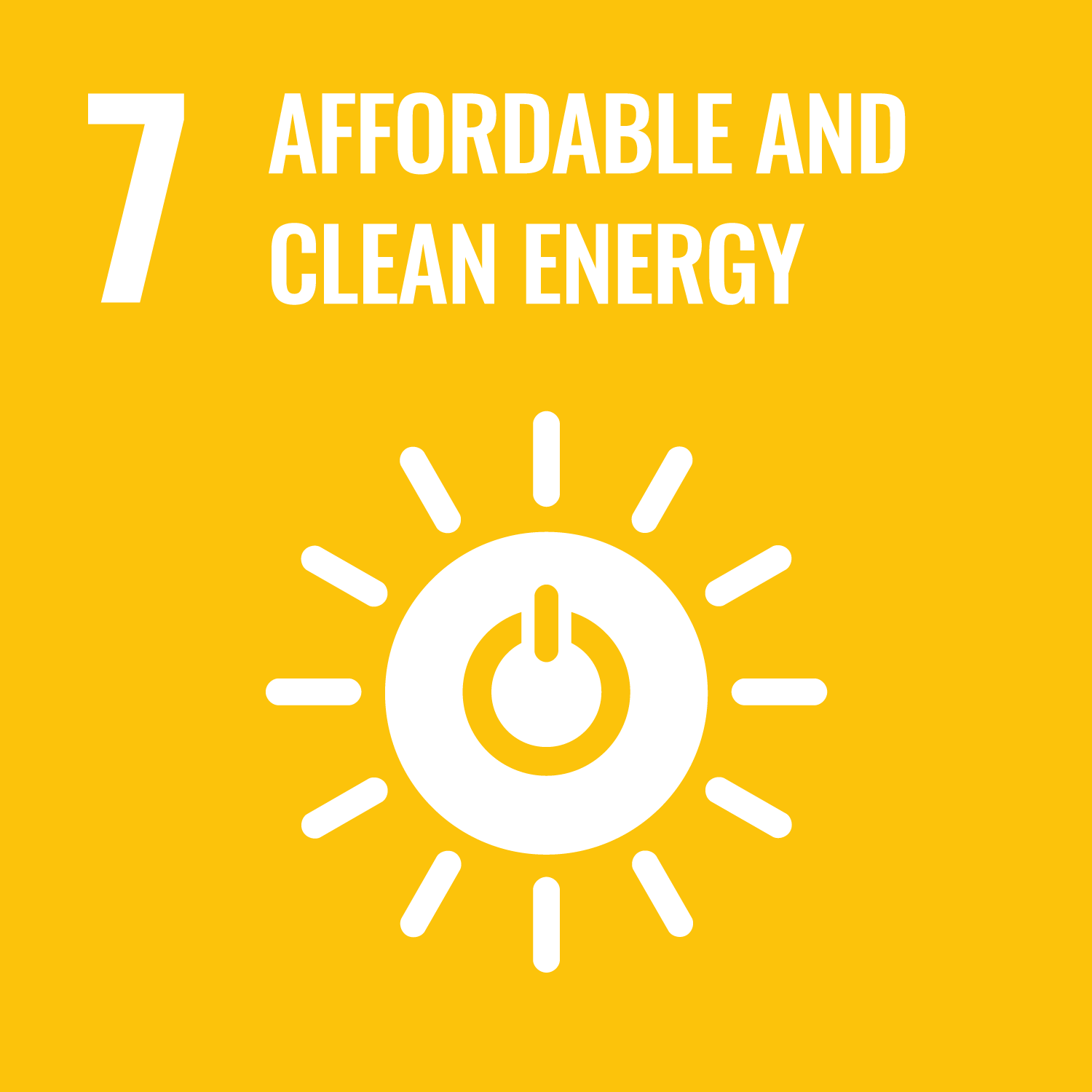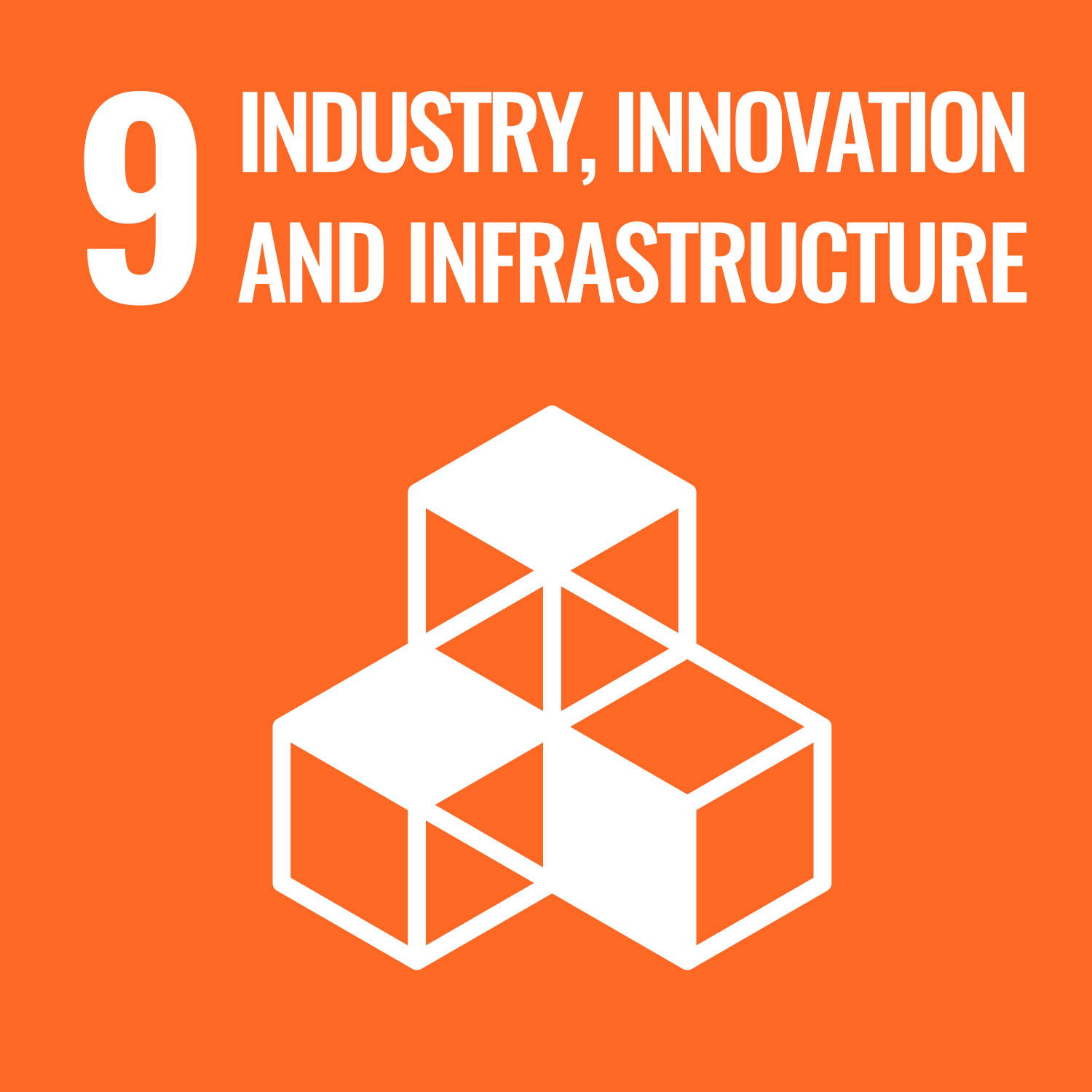LCS-FY2020-PP-19
An Expansion of Input-Output Model Focusing on the Demand-side Structural Changes (Vol. 1) :
Changes of Input-Output Coefficients and Capital Formation Coefficients and Model Development
Summary
It is widely recognized that effecting a shift from a low-carbon society to a zero-emission society requires more than making the existing equipment save more energy and adding emission-mitigation equipment. There are calls for societal changes that involve the participation of consumers and the use of information and communications technologies (ICTs).
Examples include (1) a wider application of ICTs such as SaaS/cloud computing and other information services in industrial and household sectors; (2) the deployment of electric vehicles (EVs) and other new types of automobiles, as well as the development of associated infrastructure; and (3) the introduction of mobility as a service (MaaS), including car-sharing. These are some of the opportunities that are expected to contribute to decreasing carbon emissions; however, they represent the delivery of new services that are distinct from the existing approaches to carbon reduction. The fourth example is: (4) saving energy in the commercial sector by, for example, promoting net-zero energy housing (ZEH) or making housing “ZEH-ready.” These, together with the existing approaches of decarbonization in the power generation sector and carbon reduction in the industrial sector, will contribute to achieving a zero-emission society.
An input-output analysis model provides a useful tool for a quantitative assessment that indicates how changes in the demand and supply sides in these multiple sectors as a whole shape the social economy. To date, however, the application of input-output analysis has largely been limited to the effects of a wider deployment of renewables in the power generation sector and to the spillover effects of demand produced by the introduction of new types of automobiles. The JES5 model developed by Nomura[1] may be the only example that extends its scope to cover the effects of future changes in the investment structure.
This paper extends input coefficient vectors and capital coefficient matrices so that a wider application of the ICTs described above and changes in the household sector will be covered by an input-output analysis that also encompasses the investment structure. Then the paper creates an input-output analysis model to make an overall evaluation of these estimates. For the electric power sector, the paper subdivides assets and capital matrices based on securities reports. In addition, the paper puts forward decarbonization scenarios for final consumption of fossil fuel in the industrial sector and computes an example of the overall picture evaluation of industry in 2030. This computation is designed to verify the consistency of operations; it is by itself not aimed at creating scenarios. It is intended to play a part in the overall picture evaluation of the industrial structure that is being made at LCS.
All Pages
Related Proposal Papers
- A Study on the Tele-communication Traffic Trends and the Impacts of Teleworking under Covid-19 State of Emergency
- An Empirical Study of Regional Carbon Emission Reduction Potentials by a Smart Integration of Buildings and Mobility Energy Systems
- Economy and CO2 Emission of Carbon Free Hydrogen (Vol. 2)
- Economy and CO2 Emission of Carbon Free Hydrogen (Vol. 1)



